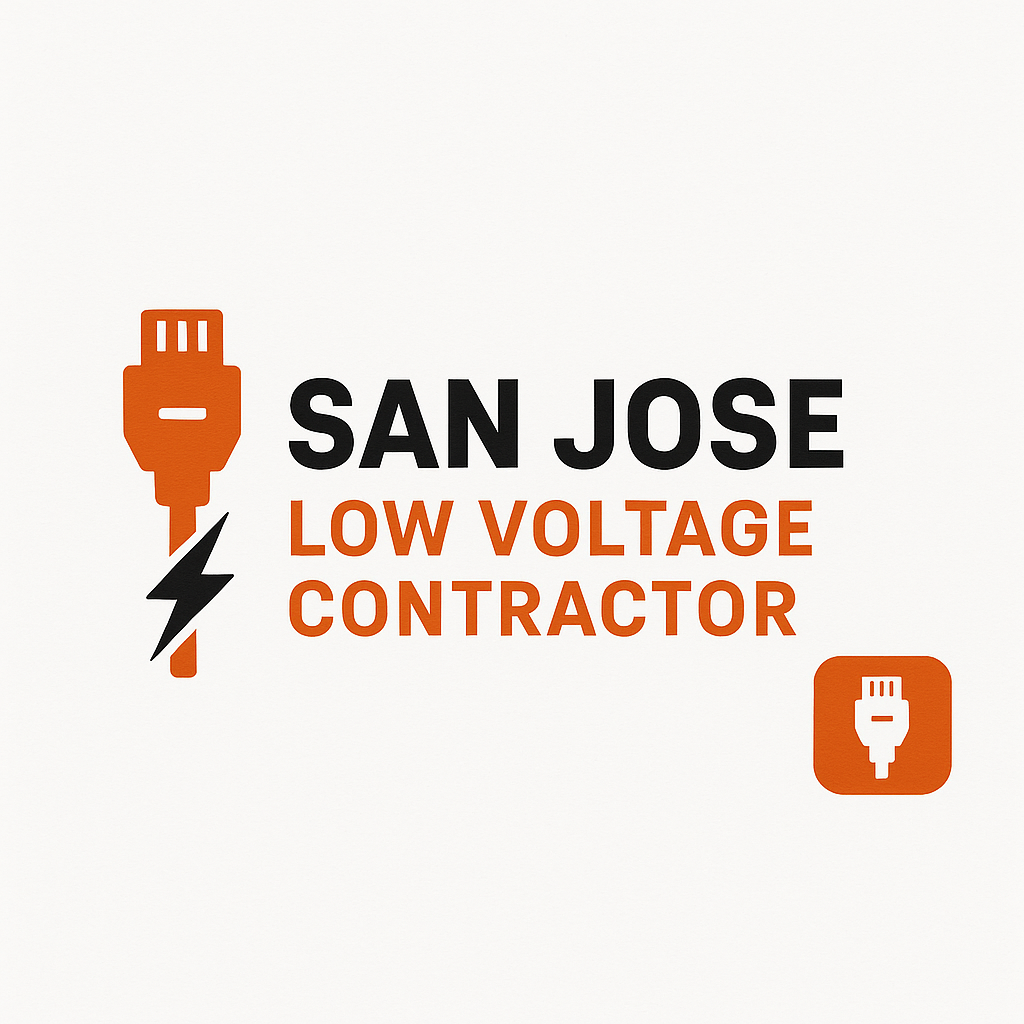Common Low Voltage Installation Mistakes to Avoid in San Jose, CA
Low voltage systems play a crucial role in modern homes and businesses across San Jose. From network cabling and security cameras to access control and alarm systems, proper installation ensures these systems operate efficiently and safely. However, many installations fail due to avoidable mistakes that lead to downtime, poor performance, or costly repairs. Understanding these common errors can help homeowners, contractors, and business owners in San Jose maintain reliable, code-compliant low voltage systems.
1. Ignoring Local Building Codes and Permits
One of the most frequent mistakes in low voltage installation is overlooking local building regulations. In San Jose, low voltage work may still require permits and adherence to California Electrical Code standards. Failing to follow these requirements can lead to fines or failed inspections. Always verify that your project complies with the city’s low voltage and fire safety codes before beginning any work.
2. Poor Cable Management and Organization
Disorganized cabling is not only unsightly but also affects performance and safety. In commercial and residential installations, cables that are improperly labeled, tangled, or routed without planning can lead to signal interference and difficulty during maintenance.
To prevent this:
- Label both ends of each cable clearly.
- Use cable trays, conduits, or Velcro straps to secure bundles.
- Separate power and data lines to minimize electrical interference.
Proper cable management ensures your low voltage systems remain efficient and easier to troubleshoot later.
3. Using the Wrong Type of Cable
Choosing the wrong cable type for your installation can cause serious performance issues. In San Jose’s diverse climate, outdoor installations require weather-resistant and UV-rated cables, while high-speed data systems demand Category 6 or higher-rated cables.
Common errors include:
- Using indoor-rated cables outdoors
- Mixing cable types in the same network
- Not matching cables to the system’s bandwidth requirements
Selecting the right cable for each application extends system lifespan and prevents connectivity issues.
4. Skipping Cable Testing and Certification
After installation, many technicians fail to test and certify cables properly. Skipping this step can hide issues like cross-talk, interference, or weak connections until they cause system failures.
Professional testing verifies that your installation meets performance standards and avoids future service interruptions. In San Jose’s tech-driven market, businesses especially rely on certified cabling to maintain reliable network connectivity.
5. Overloading Cable Pathways
Cable pathways are designed to handle specific weight and volume capacities. Overstuffing conduits, trays, or risers not only makes maintenance difficult but also causes overheating and signal loss.
Installers should always follow fill ratios recommended by industry standards, such as those from TIA (Telecommunications Industry Association). Overloading may also violate fire safety codes, especially in commercial buildings within San Jose.
6. Neglecting Grounding and Bonding
Proper grounding is essential to protect low voltage systems from surges and electrical faults. Failing to ground equipment correctly can lead to component damage, data corruption, or even fire hazards.
Grounding and bonding should be performed according to the National Electrical Code (NEC) and local San Jose regulations. Every metal component in your cabling system—racks, patch panels, and conduits—should be properly bonded to a grounding system.
7. Failing to Plan for Future Expansion
A short-sighted design is one of the biggest mistakes in low voltage installations. Many property owners underestimate future needs for data, security, or audiovisual systems.
In a growing city like San Jose, where technology evolves quickly, planning for scalability saves time and money later. Always leave extra capacity in conduits, choose patch panels with room for growth, and use modular components to accommodate new technology.
8. Ignoring Signal Interference Sources
Electromagnetic interference (EMI) from nearby electrical systems can disrupt low voltage performance. Common causes include running data cables parallel to high-voltage lines or placing them near fluorescent lighting and HVAC equipment.
To reduce EMI:
- Maintain proper separation between power and data lines.
- Use shielded cables in high-interference areas.
- Keep signal cables away from sources of electrical noise.
Proper planning prevents slow network speeds and connectivity drops that can frustrate both homeowners and business owners.
9. Poor Connections and Terminations
Even high-quality cables can fail if terminations are done incorrectly. Loose connections, poor crimping, or misaligned pinouts can degrade signal quality. Installers should use appropriate tools and follow manufacturer specifications for connectors and patch panels. Testing each termination ensures the entire system meets performance standards.
10. Lack of Professional Oversight
DIY installations or hiring unqualified technicians often lead to many of the mistakes listed above. Low voltage systems may seem simple, but they require technical expertise to design, install, and certify correctly.
Working with certified professionals in San Jose ensures compliance with local building codes, reduces system downtime, and provides long-term reliability.
Conclusion
Low voltage installations are the backbone of modern buildings—supporting communication, security, and automation. However, even small mistakes during installation can lead to costly problems later. By understanding these common errors and working with qualified local professionals, San Jose property owners can ensure their low voltage systems perform efficiently and safely for years to come.
